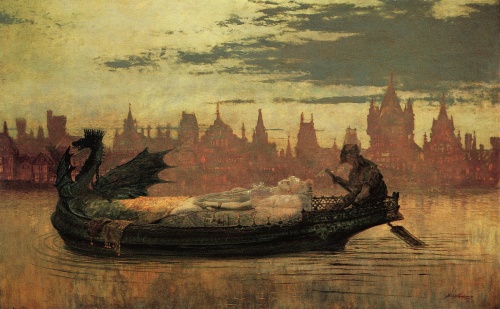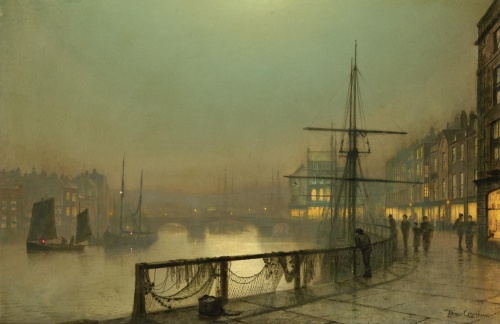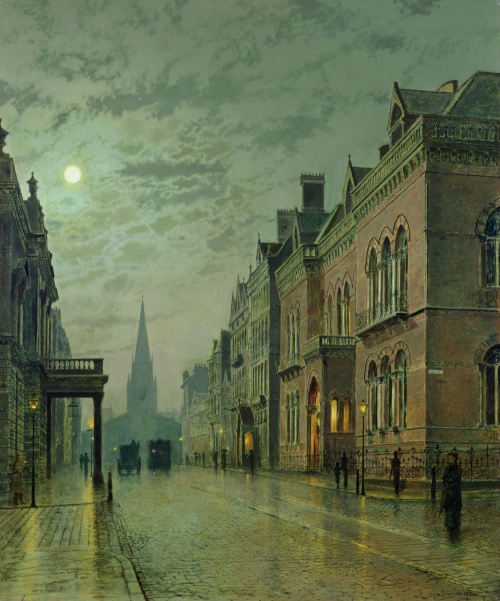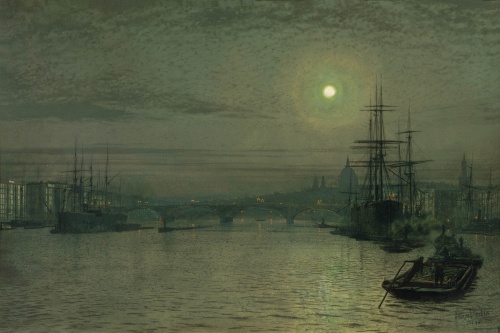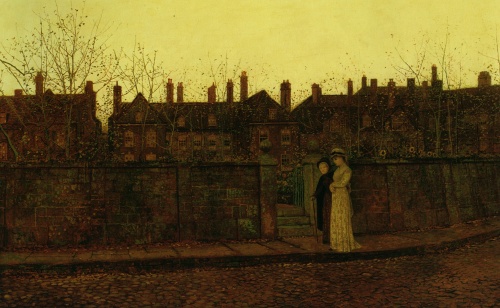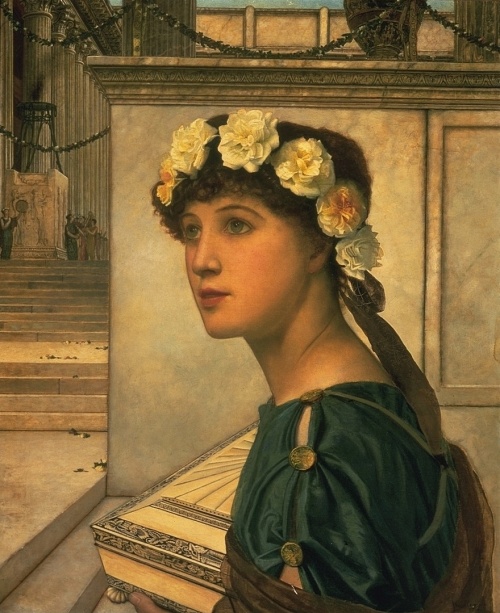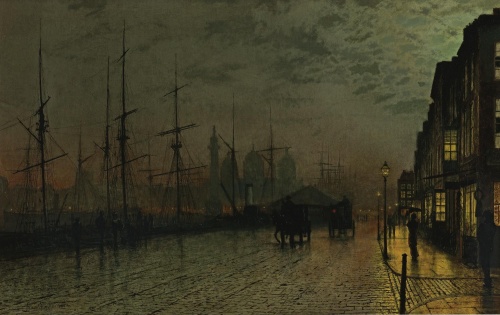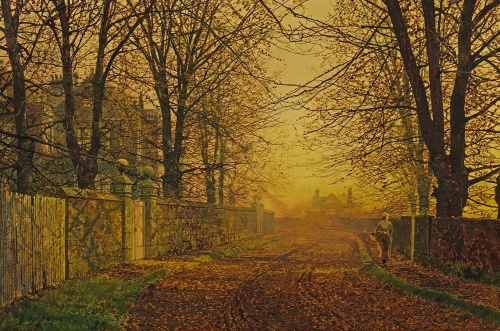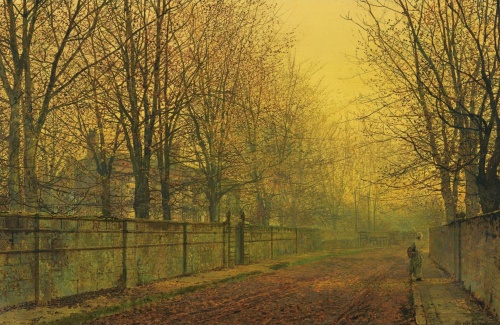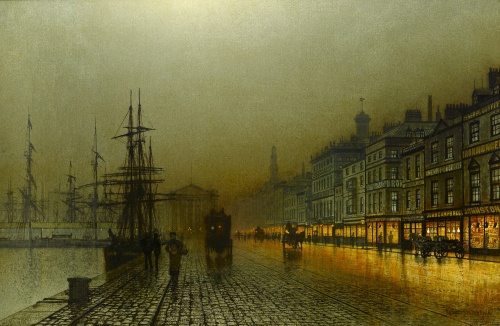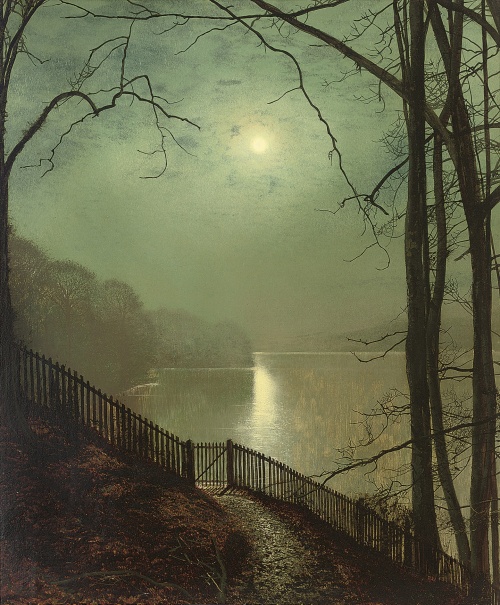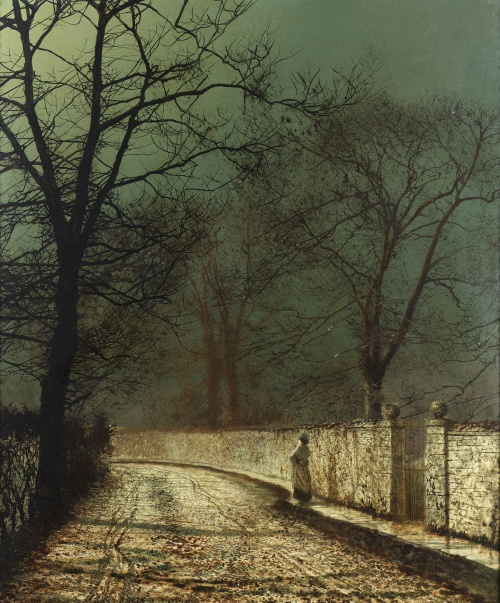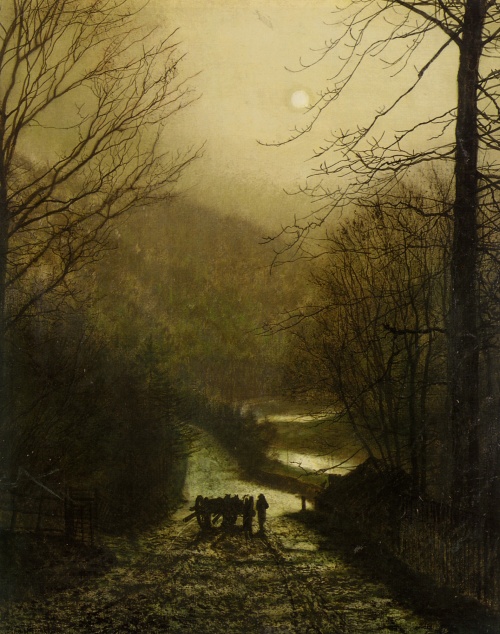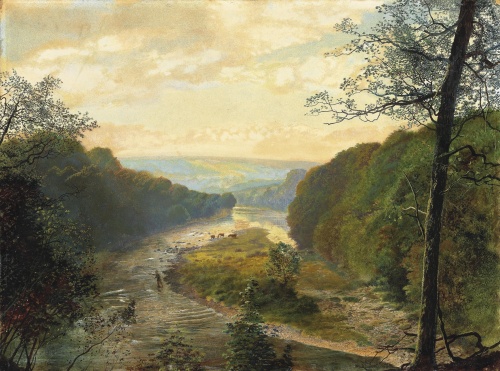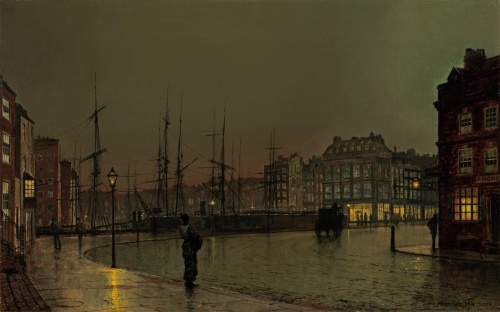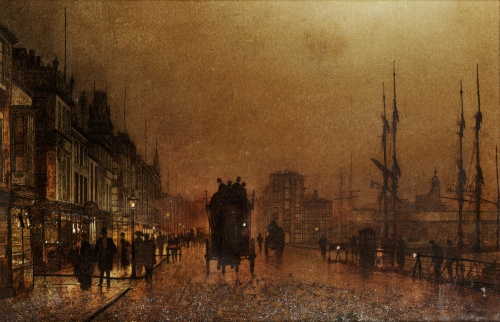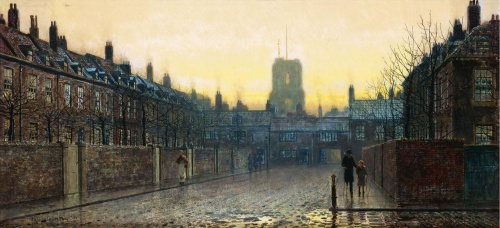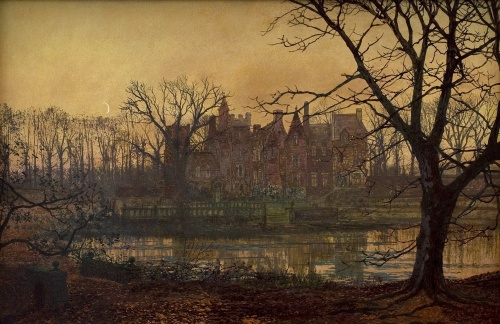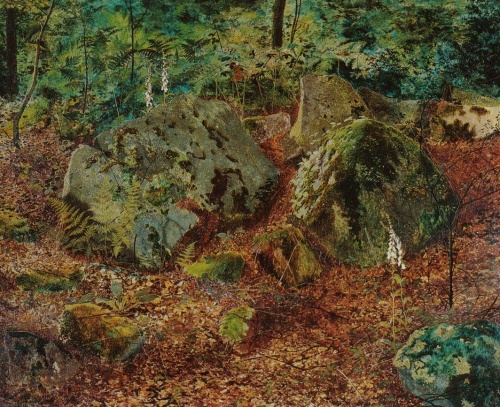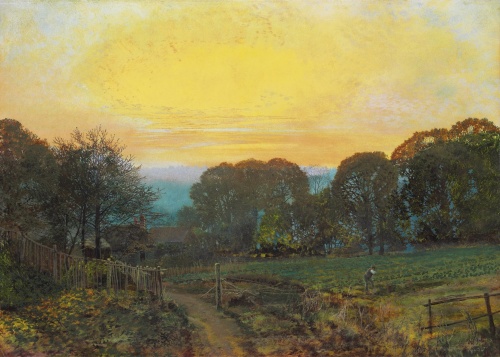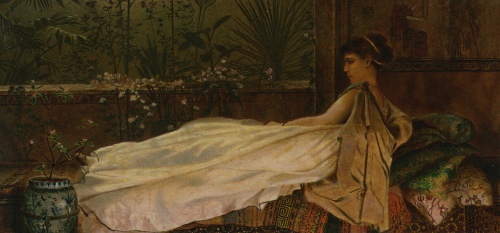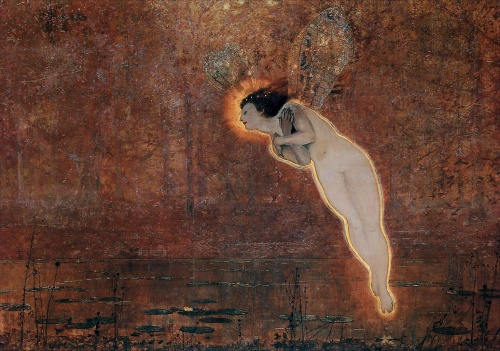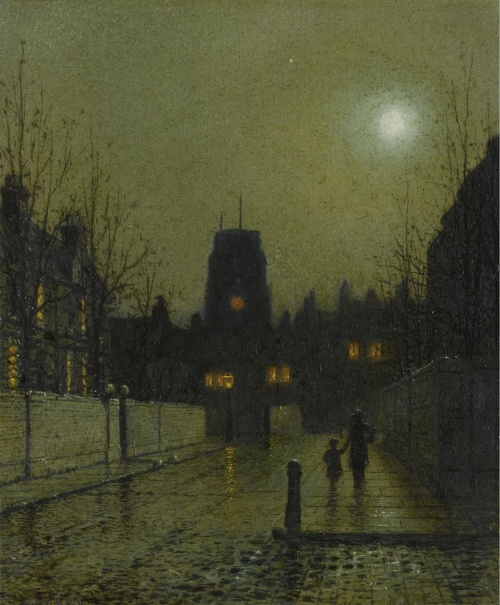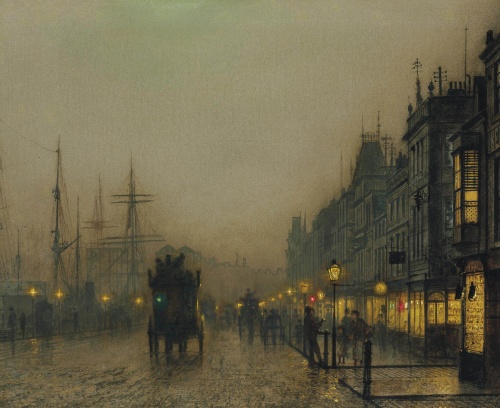Painting - The Work of John Atkinson Grimshaw (141 works)
Разрешение картинок от 900x692px до 5103x3176px
John Atkinson Grimshaw (usually simply Atkinson Grimshaw, English. John Atkinson Grimshaw) was a Victorian painter, best known for his cityscapes that convey fog and twilight.
Author: John Atkinson Grimshaw
Movements: Pre-Raphaelitism, symbolism
Resolution: 706x944 to 5181x3076
Number of works: 140
Format: jpeg
Size: 176 MB
John Atkinson Grimshaw (usually simply Atkinson Grimshaw, English. John Atkinson Grimshaw) was a Victorian painter, best known for his cityscapes that convey fog and twilight.
Atkinson Grimshaw was born on 6 September 1836 in Leeds and married his cousin Frances Hubbard (1835-1917) in 1856. In 1861, against the wishes of his parents, he quit his job as a clerk at a railroad company and took up painting. He began exhibiting in 1862 under the auspices of the Leeds Philosophical and Literary Society, painting mainly birds, as well as still lifes of flowers and fruit. In the 1870s he became a famous artist and was able to rent a house in Scarborough, North Yorkshire.
Grimshaw's work was mainly influenced by the Pre-Raphaelites. He began to paint landscapes, detailed to the smallest detail, with careful choice of lighting and color. He often painted landscapes typical of a certain time of year or for certain weather conditions. Very characteristic of him are views of streets and suburbs, as well as lunar landscapes of docks in London, Leeds, Liverpool and Glasgow. He managed to successfully convey lighting effects, and often thereby his paintings conveyed mood. Researchers have noted that images of gas-lit streets and foggy embankments convey both the warmth and alienation of the cityscape.
In later works he depicted imaginary ancient Greek and Roman scenes, as well as characters from the works of Longfellow and Tennyson. Tennyson influenced him so much that Grimshaw named all his children after characters from Tennyson's poems.
During the 1880s, Grimshaw worked from his London studio in Chelsea, not far from Whistler's studio. The latter, having become acquainted with the work of Grimshaw, wrote that he invented the nocturne in painting before Whistler himself. However, Grimshaw's realistic, almost photorealistic landscapes differed significantly from Whistler's symbolic nocturnes. It was noted that in his work the old tradition of rural lunar landscapes was transferred to the urban environment and recorded urban rain and fog, creating the image of a Victorian city.
Grimshaw did not leave behind any written legacy: no letters, no articles, no books. He died on 13 October 1893 in Leeds. His work was forgotten, and interest in him appeared only in the second half of the 20th century, when several of his major exhibitions were held. The largest collection of Grimshaw's work is in the Leeds City Gallery.
